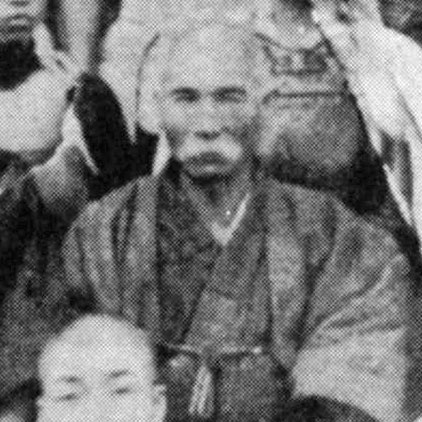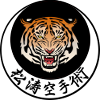Karate

Itosu Anko,
Grandfather of modern karate
The true origin of karate appears to be somewhat obscure and little is known about the early development of karate until it appeared in Okinawa. Bodhidharma is often cited as the prime source for all martial arts styles or at the very least, for any style which traces its roots back to the fabled Shaolin Temple.
In its earliest stages, karate was called 'Tou Di' (Chinese hand) an indigenous form of closed fist fighting which was developed in Okinawa from numerous Chinese martial arts including White Crane Kung Fu and Monk Fist Boxing. Further refinements came with the influence of other martial arts brought by nobles and trade merchants to the island. Weapons bans, imposed on the Okinawans at various points in their history, encouraged the refinement of empty-hand techniques and, for this reason, was trained in secret until modern times.
Itosu Anko was pivotal it taking this secretive martial art and popularising it in Okinawa and teaching karate in the Okinawan schools.
There are 3 categories of karate - original Ryukyu / Okinawan karate, Japanese karate & Sports karate
Ryukyu / Okinawan karate
This is the original form of karate and it was created as a self defence system that contains strikes, blocks & kicks, plus throws, locks & grappling not found in other karate forms. We refer to this as Old School karate.
Japanese karate
This form of karate was imported in to Japan from Okinawa to aid health and fitness. It was deemed that the throws, locks & grappling were not required by the Japanese because Japan already had Ju Jitsu & Judo which included these techniques and at the time Boxing had become popular in Japan. This is often referred to as Traditional karate. There are numerous styles of Japanese karate, each focusing on different aspects but all are true to the core Japanese karate tenets and are very similar. Some of these styles including Goju-ryu, Shito-ryu, Shotokan-ryu & Wado-ryu.
Sports karate
Sports karate is derived from Japanese karate with the addition of restrictions and rules so karate can be used in point based kumite and kata competitions.
It is important to known when learning karate what you want to get out of karate. This can determine what type of karate you are best to focus on and where you will get the most benefit.
 Shōtō Karate Jutsu
Shōtō Karate Jutsu